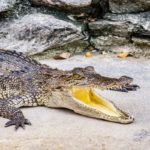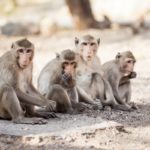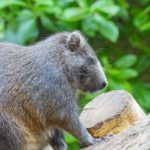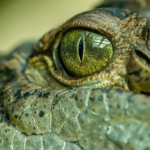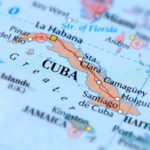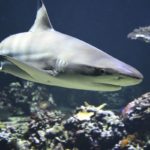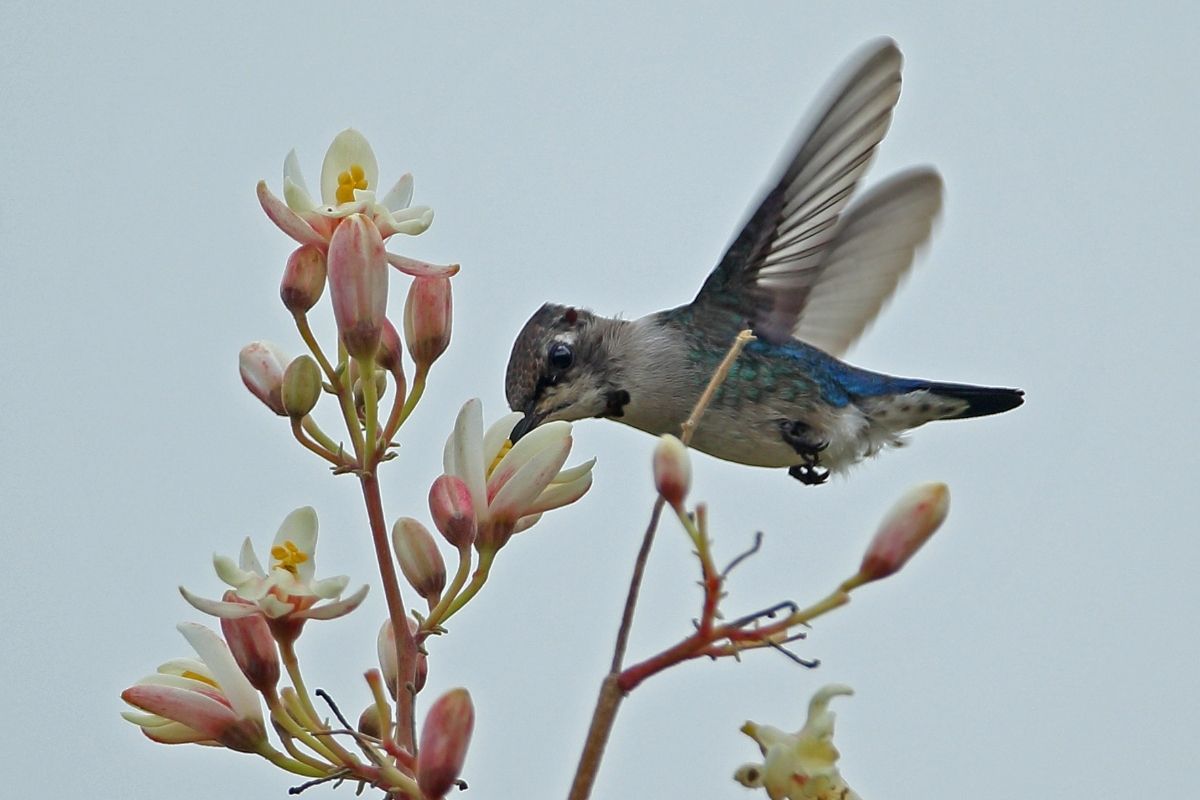Cuban macaws were beautiful birds found in parts of Cuba up until the late 19th century.
These birds were one of the most colorful of all the parrots, which eventually led to their extinction.

Like a number of animals around the world, Cuban macaws became extinct only in recent years.
To learn more about these beautiful birds and what really happened to them, keep reading.
We will be going through everything you need to know in the section below.
Are Cuban Macaws Extinct?
About The Cuban Macaw
The Cuban macaw was a species of parrot native to Cuba and primarily Isla de la Juventud. It was first documented in the 15th century.
Compared to other species, relatively little is known about this bird. Researchers are not even certain if this bird was native to other countries or surrounding islands.
This bird was one of the smaller macaws that belong to the Ara genus.
In this genus are the famous blue-and-yellow macaw (Ara ararauna); scarlet macaw (Ara macao); red-and-green macaw (Ara chloropterus); military macaw (Ara militaris); chestnut-fronted macaw (Ara severus); great green macaw (Ara ambiguus); blue-throated macaw (Ara glaucogularis), and red-fronted macaw (Ara rubrogenys).
Although many macaws have struggled to survive over the years, the Cuban macaw was one of the few to succumb.
This bird thrived in the Cuban mainland and surrounding islands, making their homes in the dense forests.
It is thought that these birds ate a range of foods, including papaya, bananas, and mango, among other fruits.
They also would have eaten blossoms, a variety of berries, nuts, and also seeds.
These macaws had an average lifespan of around 30 years, which is impressive for a bird!
However, if they were kept in the proper conditions and cared for, they could live to 60 years.
Despite their long lifespans, these birds were still set to become extinct.
Unfortunately, it was not the loss of habitat or food that resulted in these birds becoming extinct.
Cuban Macaw Appearance

These birds were one of the most colorful macaws ever recorded. This is what led to their extinction, however.
The Cuban macaw has a bright red forehead that faded to orange and then yellow at the nape of their necks.
Beneath the eyes were white unfeathered areas, much like other parrot species.
They had bright yellow irises, and orange faces, chests, and thighs.
The bird’s upper back was a brown-toned red, with red and green feathers.
In terms of size, the Cuban macaw only measured between 18-20 inches.
Compared to other macaws alive today, like the red-and-green macaw, which measures 35-37 inches, the Cuban macaw was much smaller than its cousins.
Male and female Cuban macaws looked exactly the same. This is something that is common among parrots, but rare for most other bird species.
These birds have often been confused with the scarlet macaw due to their appearance.
However, as people have learned more about these birds, this has happened less frequently.
Other than the difference in size, the primary difference between the Cuban macaw and the scarlet macaw can be seen in the beak.
The Cuban macaw has an all-black beak, while the scarlet’s beak is a cream color.
The coloring difference also sets the birds apart, as the Cuban macaw has a bright yellow patch of feathers on the shoulder.
On the scarlet macaw, the shoulder is red.
There have been rumors that young Cuban macaws were green.
Presumably, as these birds matured, they would become colorful like the birds we hear about today.
This has only been a rumor, though, as no evidence has ever been found to support it.
What Led To The Cuban Macaw’s Extinction?
The main reason why the Cuban macaw became extinct was because of human intervention.
Unfortunately, this is a common story for a number of now extinct animals.
Even before this beautiful bird was documented in the 15th century, it was already a victim to humans.
By this time, these birds were already being caught and subsequently traded by both Europeans and Native Americans.
These birds were targeted in their strongholds, in places like the Zapata Swamp.
Once caught, the Cuban macaws were traded off and sold as pets. Because they were so easy to catch, their numbers quickly dropped over the years.
For 300 years, these macaws were extremely popular pets, and even resided in a number of royal aviaries all over Europe.
It was human intervention that led to the Cuban macaw becoming extinct in the end.
Like all parrots, especially macaws, it is assumed that Cuban macaws were very intelligent.
This, however, didn’t save them. Ultimately, they did not have the survival instincts they needed in order to survive.
They were described as being stupid birds, and they did not try to avoid humans.
As they made no effort to distance themselves from people, they were very easy to catch.
Their captivity and trading wasn’t the only reason why these birds became extinct, though.
Although trading was the primary reason, a close second and third was hunting and deforestation.
In both cases, people were to blame. In 1864, it was recorded that people shot the fast Cuban macaw.
Are There Any Cuban Macaws In Captivity?
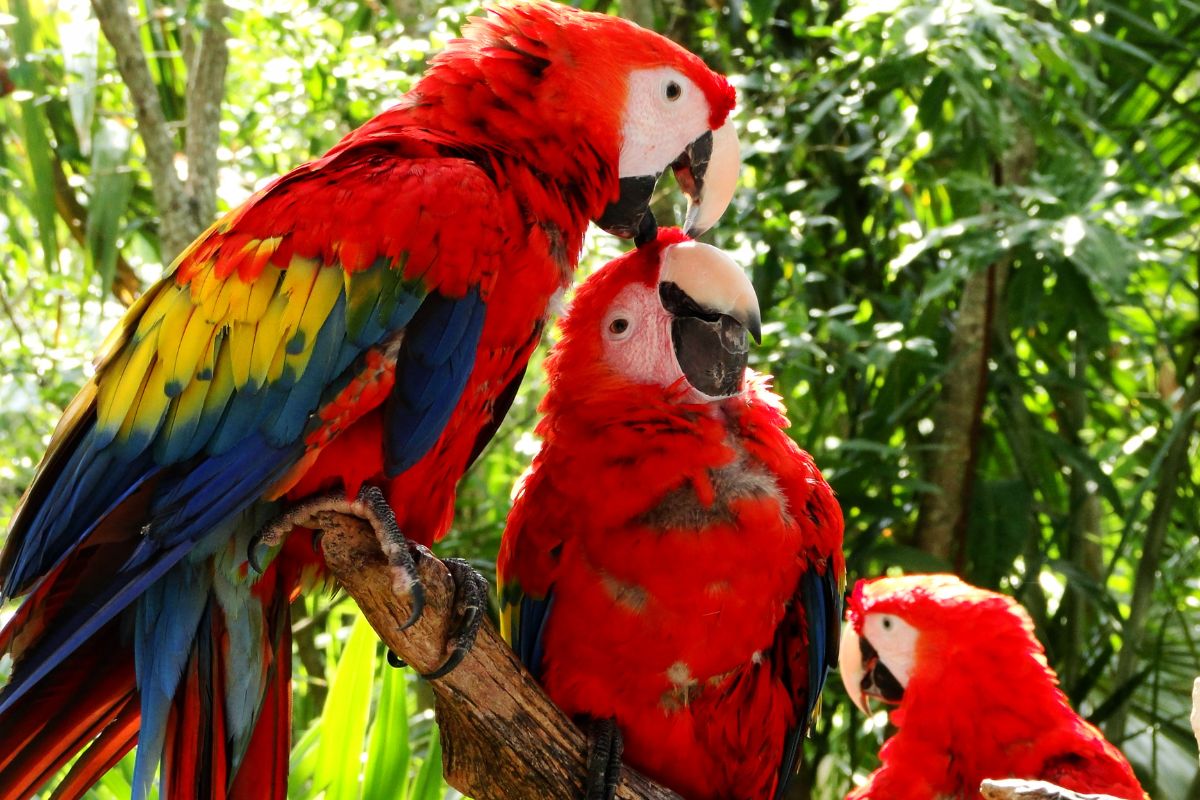
Unfortunately, there are no known Cuban macaws left alive today.
After these stunning birds were sold in the pet trade and shot in Cuba, they have become completely extinct.
The closest you can come to seeing one of these birds is in a museum.
The remains of these birds are reported to be in a number of museums around the world. These include:
- Smithsonian Museum (two specimens)
- Natural History Museum at Tring (two specimens)
- The Swedish Natural History Museum (two specimens)
- The French Museum of Natural History (two specimens)
The majority of specimens that were brought to museums were thought to be captured birds.
According to information about the birds, a number of the macaws had clipped wings or frayed feathers when handed to museums. Some birds came from:
- The Zoological Garden of Berlin
- Amsterdam Zoo
- The Imperial Menagerie in Schonbrunn
- Knowsley Park Aviaries
- Jardin de Plantes
- Zoological Society
- Lafresneye Collection
Some of these birds were handed to museums as early as 1842. Others found their way to museums as late as 1994.
Despite the specimens, there are no Cuban macaw eggs that have survived.
As such, we do not expect the Cuban macaw to reemerge unless scientists use the DNA found in specimens.
To Summarize
The Cuban macaw was a small macaw species that was native to Cuba and the surrounding islands.
They were brightly colored, and thrived in the rich forests and swamps, eating fruits, nuts, and seeds.
These birds were first described in the 1500s, but were already being captured and traded into the pet trade.
For 300 years, Cuban macaws were popular pets, and in 1864 the last of the species is thought to have been shot in Cuba.
There are 19 specimens located in museums around the world, with no surviving eggs.
The Cuban macaw is one of many animals to have become extinct in the last 300 years, and other macaw species are also threatened.
- What Is The Largest Island In Cuba? - September 19, 2022
- Havana – Why Is It Cuba’s Most Exciting City? - September 19, 2022
- Cheapest Time To Visit Cuba (Ultimate Guide) - September 19, 2022

